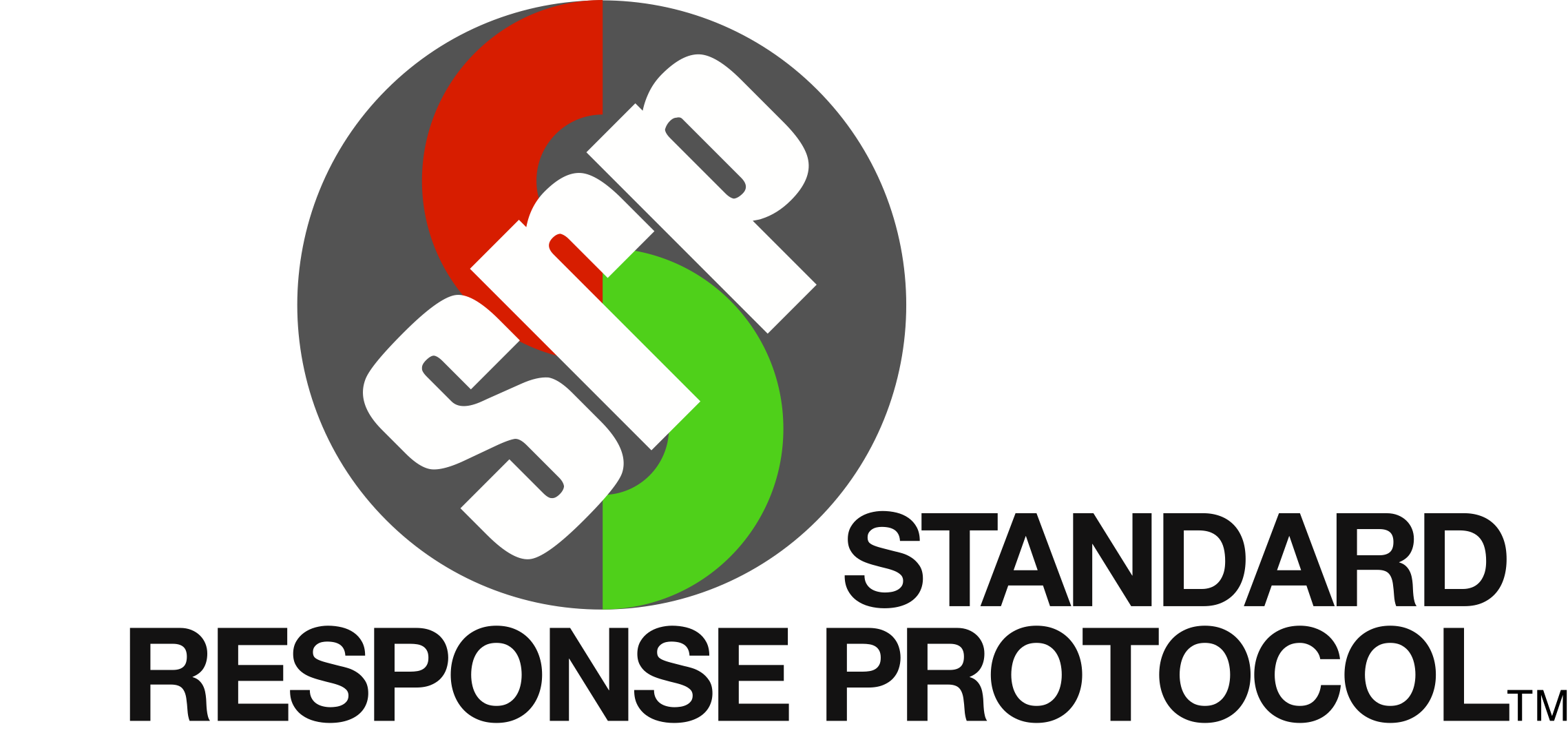Standard Response Protocol ®
A critical ingredient in the safe campus recipe is the uniform response to an incident. Weather events, fires, accidents, intruders and other threats to student and staff safety are scenarios that are planned and trained for by campus administration.

The Standard Response Protocol (SRP) is based on an all-hazards approach as opposed to individual scenarios. Like the Incident Command System (ICS), SRP utilizes clear common language while allowing for flexibility in protocol.
Our campus is expanding the safety program to include the SRP, which is based on these five actions: Hold, Secure, Lockdown, Evacuate, and Shelter. In the event of an emergency, the action and appropriate direction will be delivered to your RAVE notifications via your preferred device.
Visit the Standard Response Protocol Website »
HOLD

Hold is followed by the Directive: “In Your Room or Area” and is the protocol used when hallways need to be kept clear of occupants.
Students
- Clear the hallways and remain in your area or room until “all clear” is announced
- Continue activities in offices and classrooms
Instructors and Staff
- Close and lock the door
- Account for students, visitors and others
- Continue activities in offices and classrooms
Examples of Hold Conditions
The following are some examples of when a campus building might initiate a Hold:
- An altercation in a hallway
- A medical issue that need attention
- Large equipment delivery in a common area that requires an extra level of precaution.
SECURE

Secure is followed by the Directive: “Get Inside. Lock Outside Doors” and is the protocol used to safeguard people within the building.
Students
- Return to inside of building
- Unrestricted movement within building
Instructors and Staff
- Bring everyone indoors
- Lock outside doors
- Increase situational awareness
- Account for students, visitors and others
- Unrestricted movement within building
LOCKDOWN

Lockdown is followed by “Locks, Lights, Out of Sight” and is the protocol used to secure individual rooms and keep occupants quiet and in place.
Students
- Move away from sight
- Maintain silence
- Do not open the door
- Prepare to Run, Hide, Fight!
Instructors and Staff
- Close and lock the door
- Turn out the lights
- Move away from sight
- Maintain silence
- Do not open the door
- Prepare to Run, Hide, Fight!
Examples of Lockdown Conditions
The following are a few examples of when a school or emergency dispatch might call for a Lockdown.
- Intruder
- Dangerous and violent person
- Domestic issue
- Active assailant
EVACUATE

Evacuate may be followed by a location, and is used to move people from one location to a different location in or out of the building.
Students
- Leave stuff behind if required to
- If possible, bring your phone
- Follow instructions
Instructors and Staff
- Lead evacuation to specified location
- Account for students, visitors and others
- Notify ACPD of persons requiring assistance
SHELTER

Shelter and state the Hazard and Safety Strategy for group and self protection.
Hazards might include:
- Tornado
- Severe weather
- Wildfires
- Hazmat
- Flooding
- Earthquake
- Blizzard
Safety Strategies might include:
- Evacuate to shelter area
- Seal the room
- Drop, cover and hold
- Get to high ground
Students
Use appropriate safety strategies for the hazard:
- Tornado – Go to lowest floow, away from windows
- Hazmat – Follow directives from first responders
- Earthquake – Drop, cover, and hold
Instructors and Staff
- Lead safety strategy
- Account for students, visitors and others
- Notify ACPD of persons requiring assistance